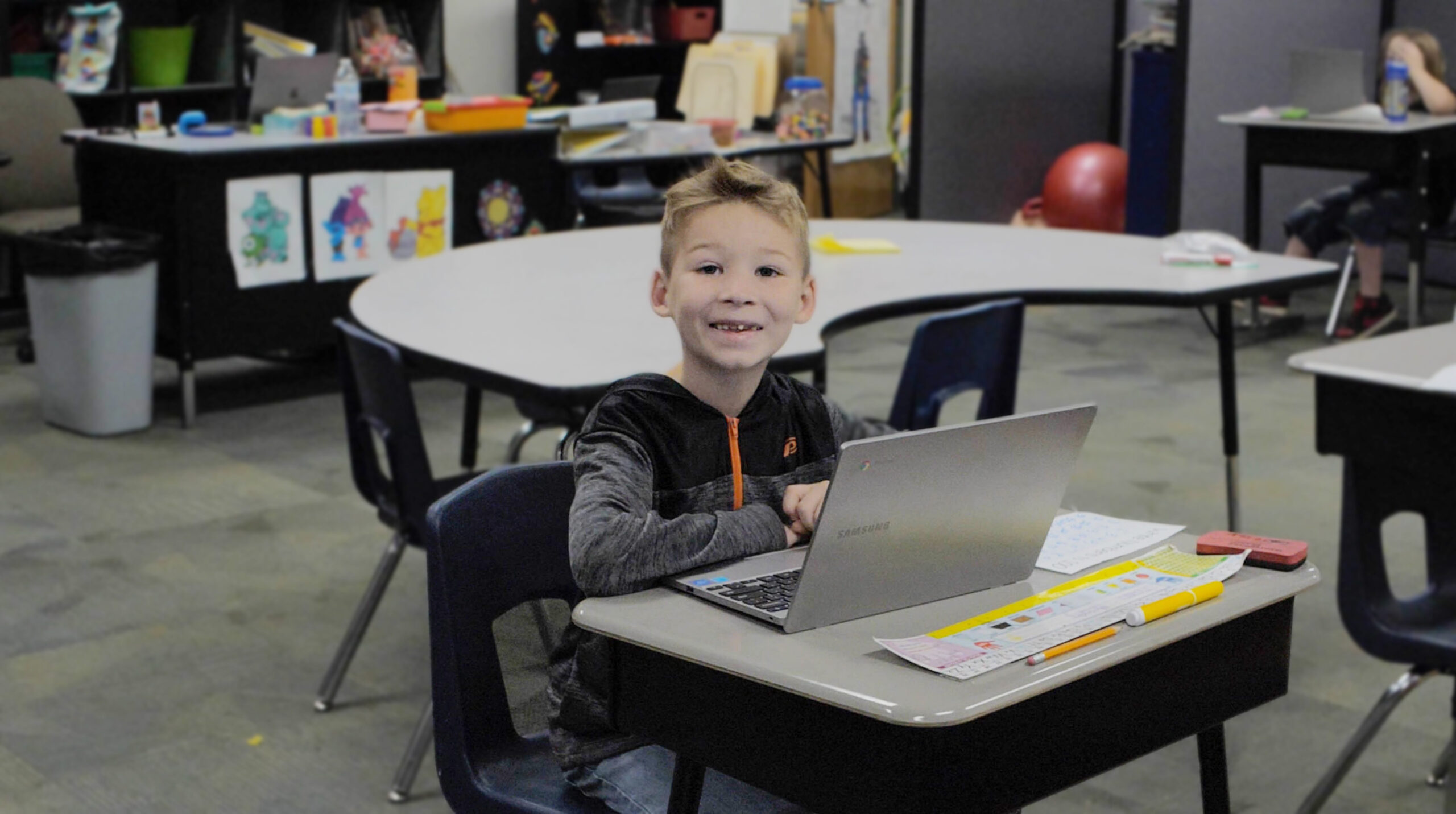Autism Resources for Parents & Professionals: ABA Resources
Bringing the Latest in ABA and Autism to Families and Professionals
How do you handle sensory processing issues? What does the latest research say about language delays? Can you do anything to help your child make friends? If you’re raising a child with ASD, questions like these are likely top of mind. In our Resources section, find answers and advice in the form of blog posts, videos, and our acclaimed podcast, all autism talk. In each, we break down the science and research into family-friendly terms so you can stay informed, while helping your child with ASD thrive.
Work in the field of ABA? Don’t miss our special blog posts, videos, and podcast episodes for ABA professionals. We cover issues you want to hear about, from what we’re doing to boost diversity to how to apply the latest studies on sleep, anxiety, neurodiversity—or any number of autism-related topics—to our work day in and out with kids and families. Find it all, and more, here.
About Autism
Autism is a lifelong neurodevelopmental disability known formally as autism spectrum disorder (ASD). It usually appears during early childhood and can affect children’s language and communication skills, social skills, and self-regulation skills, which help us manage our emotions and behaviors in tough situations.
The spectrum, or range, of symptoms makes autism tricky to diagnose, but characteristics include:
- Deficits in communication and social interaction across multiple contexts
- Restricted and repetitive patterns of behavior, interests, and activities
learn more
About ABA
ABA stands for applied behavior analysis and is considered the most effective treatment for autism. Backed by decades of empirical research, coverage for ABA therapy is mandated in the United States, with treatment taking place in your child’s home, community, school—or in centers designed especially for ABA services.
Despite what many people think, ABA isn’t one specific type of treatment. It’s an approach that uses a mix of interventions to do two things: increase helpful behaviors and decrease problematic behaviors.









